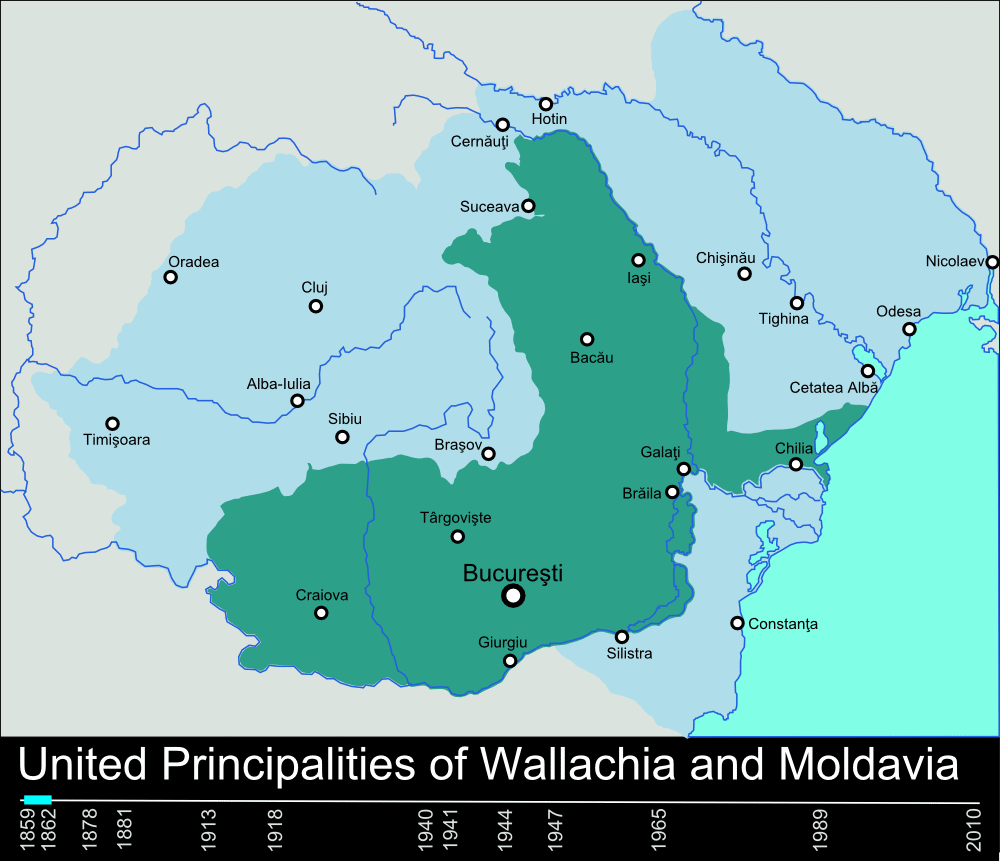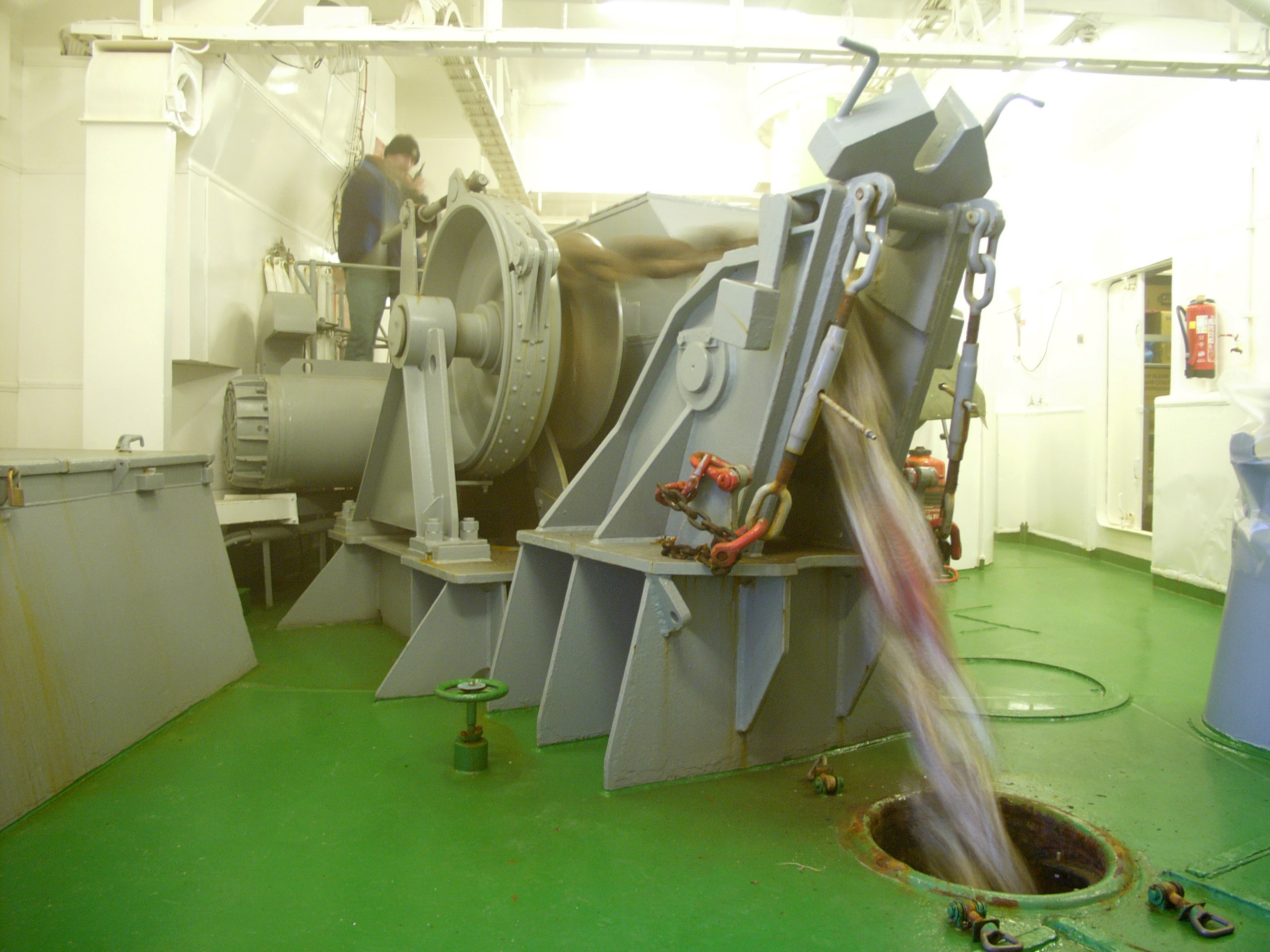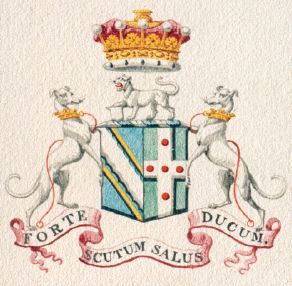|
Ținutul Mării
Ținutul Mării (alternatively spelled as ''Marea'' or ''Mărei'') was one of the ten ''ținuturi'' ("lands") of Romania, founded in 1938 after King Carol II initiated an institutional reform by modifying the 1923 Constitution and the law of territorial administration. It included parts of Wallachia, central Dobruja (the southern half of Northern Dobruja) and the entire Southern Dobruja. It was named after the Black Sea, and had its capital in the city of Constanța. ''Ținutul Mării'' ceased to exist following the territorial losses to the Kingdom of Bulgaria and the king's abdication in 1940. Coat of arms The coat of arms was party per bend sinister by a wavy bend sinister. The dexter consists of four bends, two of azure and two of or, representing the former four counties of the Greater Romania (71 in total), which it had included. The sinister is plain azure field. Over the shield there is an argent anchor, in reference to the ports on the seaside. Counties incorporated ... [...More Info...] [...Related Items...] OR: [Wikipedia] [Google] [Baidu] |
Countries Of The World
The following is a list providing an overview of sovereign states around the world with information on their status and recognition of their sovereignty. The 205 listed states can be divided into three categories based on membership within the United Nations System: 193 member states of the United Nations, UN member states, two United Nations General Assembly observers#Current non-member observers, UN General Assembly non-member observer states, and ten other states. The ''sovereignty dispute'' column indicates states having undisputed sovereignty (188 states, of which there are 187 UN member states and one UN General Assembly non-member observer state), states having disputed sovereignty (15 states, of which there are six UN member states, one UN General Assembly non-member observer state, and eight de facto states), and states having a political status of the Cook Islands and Niue, special political status (two states, both in associated state, free association with New ... [...More Info...] [...Related Items...] OR: [Wikipedia] [Google] [Baidu] |
Black Sea
The Black Sea is a marginal sea, marginal Mediterranean sea (oceanography), mediterranean sea lying between Europe and Asia, east of the Balkans, south of the East European Plain, west of the Caucasus, and north of Anatolia. It is bounded by Bulgaria, Georgia (country), Georgia, Romania, Russia, Turkey, and Ukraine. The Black Sea is Inflow (hydrology), supplied by major rivers, principally the Danube, Dnieper and Dniester. Consequently, while six countries have a coastline on the sea, its drainage basin includes parts of 24 countries in Europe. The Black Sea, not including the Sea of Azov, covers , has a maximum depth of , and a volume of . Most of its coasts ascend rapidly. These rises are the Pontic Mountains to the south, bar the southwest-facing peninsulas, the Caucasus Mountains to the east, and the Crimean Mountains to the mid-north. In the west, the coast is generally small floodplains below foothills such as the Strandzha; Cape Emine, a dwindling of the east end ... [...More Info...] [...Related Items...] OR: [Wikipedia] [Google] [Baidu] |
History Of Romania
The Romanian state was formed in 1859 through a personal union of the United Principalities of Moldavia and Wallachia, Danubian Principalities of Moldavia and Wallachia. The new state, officially named Romania since 1866, gained independence from the Ottoman Empire in 1877. During World War I, after declaring its Neutral country, neutrality in 1914, Romania Romania in World War I, fought together with the Allies of World War I, Allied Powers from 1916. In the aftermath of the war, Bukovina, Bessarabia, Transylvania, and parts of Banat, Crișana, and Maramureș became part of the Kingdom of Romania. In June–August 1940, as a consequence of the Molotov–Ribbentrop Pact and Second Vienna Award, Romania was compelled to cede Bessarabia and Northern Bukovina to the Soviet Union and Northern Transylvania to Hungary. In November 1940, Romania signed the Tripartite Pact and, consequently, in June 1941 entered World War II on the Axis powers, Axis side, Romania in Worl ... [...More Info...] [...Related Items...] OR: [Wikipedia] [Google] [Baidu] |
Sud-Est (development Region)
Sud-Est (English ''South East'') is a development region in Romania. As with other development regions, it does not have any administrative powers, its main function being to co-ordinate regional development projects and manage funds from the European Union. Counties The region covers the Southeast part of the country, and it includes the old historical regions of Dobrudja, southern Moldavia, and northeastern Muntenia. The Sud-Est region is made up of the following counties: *Brăila (Muntenia) *Buzău (Muntenia) *Constanța (Dobrudja) *Galați (Moldavia) *Tulcea (Dobrudja) * Vrancea (Moldavia) See also * Development regions of Romania *Nomenclature of Territorial Units for Statistics Nomenclature of Territorial Units for Statistics or NUTS () is a geocode standard for referencing the administrative divisions of countries for statistical purposes. The standard, adopted in 2003, is developed and regulated by the European ... References Development regions of R ... [...More Info...] [...Related Items...] OR: [Wikipedia] [Google] [Baidu] |
Historical Administrative Divisions Of Romania
The 41 județe () and the municipality of Bucharest comprise the official administrative divisions of Romania. They also represent the European Union' s Nomenclature of Territorial Units for Statistics, NUTS-3 geocode statistical subdivision scheme of Romania. Overview The earliest organization into ''județe'' of the Principalities of Wallachia, respectively ''ținuturi'' of Moldavia, dates back at least to the late 14th century. Each ''județ'', respectively ''ținut'', was ruled by a ''jude'', respectively ''Burgrave, pârcălab'', an officially appointed person who had administrative and judicial functions in a manner inspired from the organization of the late Byzantine Empire. Transylvania, when it was part of the historic Kingdom of Hungary (in the Middle Ages), an Principality of Transylvania (1571–1711), independent Principality or a Habsburg monarchy, Habsburg domain (in the modern era until World War I) was divided into Comitatus (Kingdom of Hungary), royal counties (La ... [...More Info...] [...Related Items...] OR: [Wikipedia] [Google] [Baidu] |
Counties Of Romania
A total of 41 counties (), along with the municipality of Bucharest, constitute the official administrative divisions of Romania. They represent the country's NUTS-3 (Nomenclature of Territorial Units for Statistics – Level 3) statistical subdivisions within the European Union and each of them serves as the local level of government within its borders. Most counties are named after a major river, while some are named after notable cities within them, such as the county seat. The earliest organization into ''județe'' of the Principalities of Wallachia and Moldavia (where they were termed ''ținuturi'') dates back to at least the late 14th century. For most of the time since modern Romania was formed in 1859, the administrative division system has been similar to that of the French departments. The system has since changed several times and the number of counties has varied over time, from the 71 ''județe'' that existed before World War II to only 39 after 1968. The curr ... [...More Info...] [...Related Items...] OR: [Wikipedia] [Google] [Baidu] |
Anchor
An anchor is a device, normally made of metal, used to secure a vessel to the bed of a body of water to prevent the craft from drifting due to wind or current. The word derives from Latin ', which itself comes from the Greek (). Anchors can either be temporary or permanent. Permanent anchors are used in the creation of a mooring, and are rarely moved; a specialist service is normally needed to move or maintain them. Vessels carry one or more temporary anchors, which may be of different designs and weights. A sea anchor is a drag device, not in contact with the seabed, used to minimize drift of a vessel relative to the water. A drogue is a drag device used to slow or help steer a vessel running before a storm in a following or overtaking sea, or when crossing a bar in a breaking sea. Anchoring Anchors achieve holding power either by "hooking" into the seabed, or weight, or a combination of the two. The weight of the anchor chain can be more than that of ... [...More Info...] [...Related Items...] OR: [Wikipedia] [Google] [Baidu] |
Argent
In heraldry, argent () is the tincture of silver, and belongs to the class of light tinctures called "metals". It is very frequently depicted as white and usually considered interchangeable with it. In engravings and line drawings, regions to be tinctured ''argent'' are either left blank, or indicated with the abbreviation ''ar''. The name derives from Latin ''argentum'', translated as "silver" or "white metal". The word ''argent'' had the same meaning in Old French ''blazon'', whence it passed into the English language. In some historical depictions of coats of arms, a kind of silver leaf was applied to those parts of the device that were argent. Over time, the silver content of these depictions has tarnished and darkened. As a result, it can sometimes be difficult to distinguish regions that were intended as "argent" from those that were " sable". This leaves a false impression that the rule of tincture has been violated in cases where, when applied next to a dark colour, a ... [...More Info...] [...Related Items...] OR: [Wikipedia] [Google] [Baidu] |
Greater Romania
Greater Romania () is the Kingdom of Romania in the interwar period, achieved after the Great Union or the related pan-nationalist ideal of a nation-state which would incorporate all Romanian speakers.Irina LivezeanuCultural Politics in Greater Romania: Regionalism, Nation Building & Ethnic Struggle, 1918-1930 Cornell University Press, 2000, p. 4 and p. 302 In 1920, after the incorporation of Transylvania, Bukovina, Bessarabia and parts of Banat, Cri»ôana, and Maramure»ô, the Romanian state reached its largest peacetime geographical extent (295,049 km2). Today, the concept serves as a guiding principle for the unification of Moldova and Romania. The idea is comparable to other similar conceptions such as Greater Bulgaria, Megali Idea, Greater Yugoslavia, Greater Hungary and Greater Italy. Ideology The theme of national identity had been always a key concern for Romanian culture and politics. The Romanian national ideology in the first decades of the twentieth cen ... [...More Info...] [...Related Items...] OR: [Wikipedia] [Google] [Baidu] |
Or (heraldry)
In heraldry, or (/…îÀê Å/; French for "gold") is the tincture of gold and, together with argent (silver), belongs to the class of light tinctures called "metals". In engravings and line drawings, it is hatched using a field of evenly spaced dots. It is very frequently depicted as yellow, though gold leaf was used in many illuminated manuscripts and more extravagant rolls of arms. The word "gold" is occasionally used in place of "or" in blazon, sometimes to prevent repetition of the word "or" in a blazon, or because this substitution was in fashion when the blazon was first written down, or when it is preferred by the officer of arms. The use of "gold" for "or" (and "silver" for "argent") was a short-lived fashion amongst certain heraldic writers in the mid-20th century who attempted to "demystify" and popularise the subject of heraldry. "Or" is sometimes spelled with a capital letter (e.g. "Gules, a fess Or") so as not to confuse it with the conjunction "or". However, this i ... [...More Info...] [...Related Items...] OR: [Wikipedia] [Google] [Baidu] |
Azure (heraldry)
In heraldry, azure ( , ) is the tincture (heraldry), tincture with the colour azure (color), blue, and belongs to the class of tinctures called "colours". In engraving, it is sometimes depicted as a region of horizontal lines or else is marked with either az. or b. as an abbreviation. The term azure shares its origin with the Spanish word "azul", which refers to the same color, deriving from Hispanic Arabic ''lāzaward'', the name of the deep blue stone now called lapis lazuli. The word was adopted into Old French by the 12th century, after which the word passed into use in the blazon of coat of arms, coats of arms. As a heraldic colour, the word azure means "blue", and reflects the name for the colour in the Anglo-Norman language, Anglo-Norman dialect spoken by French-speaking Norman nobles following the Norman Conquest of England. A wide range of colour values is used in the depiction of azure in armory and flags, but in common usage it is often referred to simply as "blue". ... [...More Info...] [...Related Items...] OR: [Wikipedia] [Google] [Baidu] |
Bend (heraldry)
In heraldry, a bend is a band or strap running from the upper dexter (the bearer's right side and the viewer's left) corner of the shield to the lower sinister (the bearer's left side, and the viewer's right). Authorities differ as to how much of the field it should cover, ranging from one-fifth (if shown between other charges) up to one-third (if charged alone). Variations A bend can be modified by most of the lines of partition, such as the ''bend engrailed'' in the ancient arms of Fortescue and the ''bend wavy'' in the ancient coat of Wallop, Earls of Portsmouth. Diminutives The diminutives of the bend, being narrower versions, are as follows, in descending order of width: *Bendlet: One-half as wide as a bend, as in the ancient arms of Churchill family, and the arms of Byron. A ''bendlet couped'' is also known as a baton, as in the coat of Elliot of Stobs *Cotise: One-fourth the width of a bend; it usually appears in pairs, one on either side (French: ''coté' ... [...More Info...] [...Related Items...] OR: [Wikipedia] [Google] [Baidu] |



